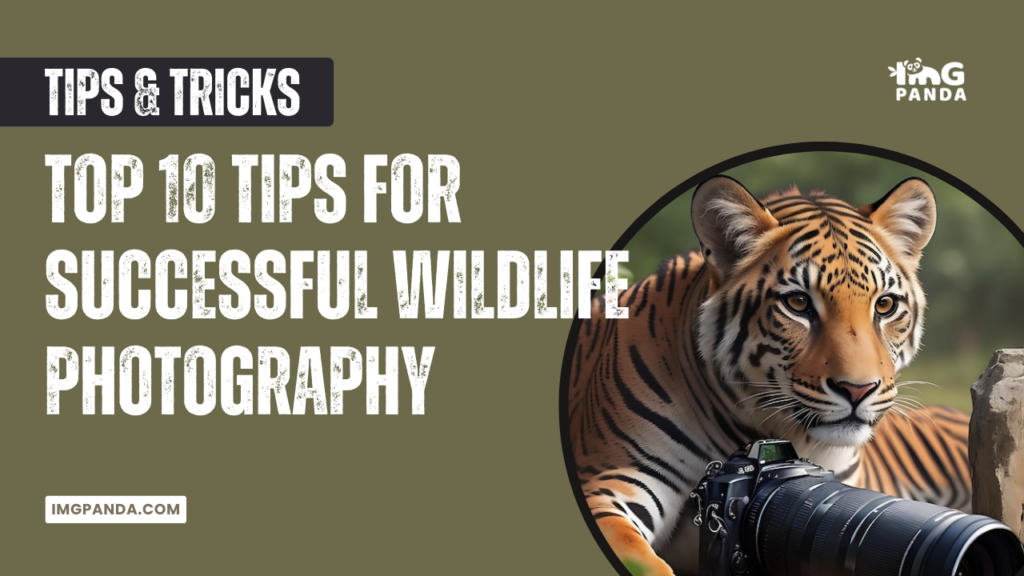Introduction
Wildlife photography is a challenging and rewarding genre of photography that requires specialized knowledge and skills. Photographing animals in their natural habitat is a unique opportunity to capture stunning images while also appreciating the beauty and diversity of the natural world. To be a successful wildlife photographer, it's essential to have a good understanding of animal behavior, patience, and respect for the environment. In this post, I will share ten tips for successful wildlife photography that will help you take your skills to the next level and capture unforgettable images.
Also Read This: Free Your Images: Remove Shutterstock Watermark
Research your subject
When it comes to wildlife photography, researching your subjects is essential for capturing great shots. Here are some tips for researching your subject:
- Learn about their behavior: Understanding the behavior of the animal you want to photograph is crucial. You need to know when they are active, what they eat, how they move, and what their social behavior is like.
- Research their habitat: Knowing the animal's habitat is essential for finding them. Some animals live in specific environments, such as forests, deserts, or wetlands.
- Find out when and where to find them: Knowing the time of day when an animal is most active and where to find them is essential for getting great shots. Some animals are active during specific seasons, while others are active year-round.
- Study their body language: Understanding an animal's body language can help you anticipate their movements and behavior. This can be especially helpful when trying to capture action shots.
- Look for unique features: Some animals have unique features that make them stand out, such as colorful feathers, distinct patterns, or interesting behaviors. Look for these features and try to capture them in your shots.
By taking the time to research your subjects, you'll be better prepared to capture stunning photos of wildlife in their natural habitats.
[caption id="attachment_192670" align="alignnone" width="1500"]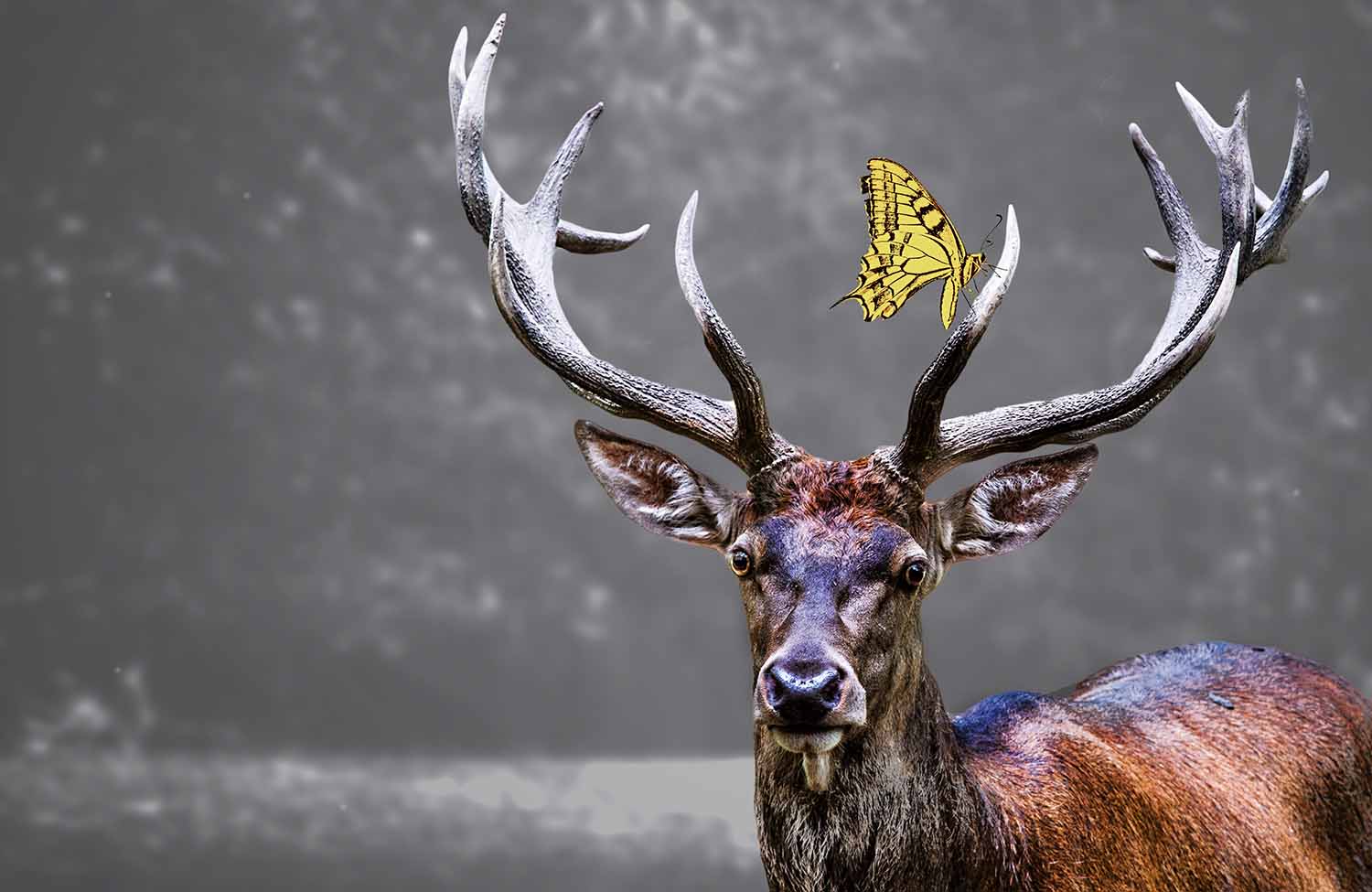 Research your subject[/caption]
Research your subject[/caption]
Also Read This: Picture-Perfect Partnership: A Guide on How to Become a Getty Images Photographer
Know your gear
Knowing your camera and equipment is crucial for successful wildlife photography. Here are some tips for getting to know your gear:
- Read the manual: Start by reading the manual for your camera and other equipment. This will help you understand the different features and functions, and how to use them effectively.
- Practice with your gear: The more you practice with your camera and equipment, the more comfortable you will be using them in the field. Practice adjusting settings, changing lenses, and working with your tripod until it becomes second nature.
- Experiment with different settings: Try experimenting with different camera settings, such as ISO, aperture, and shutter speed. This will help you understand how they impact your photos and when to use them for the best results.
- Test your gear in different conditions: It's important to test your gear in different lighting conditions and environments to understand how it performs in various situations. Try shooting in low light, bright sunlight, and other challenging conditions to see how your equipment responds.
- Bring spare batteries and memory cards: Always carry spare batteries and memory cards with you when shooting in the field. This will ensure that you never miss a shot because your batteries died or you ran out of storage space.
By getting to know your camera and equipment, you'll be better prepared to capture stunning photos of wildlife in their natural habitats.
[caption id="attachment_192671" align="alignnone" width="1500"]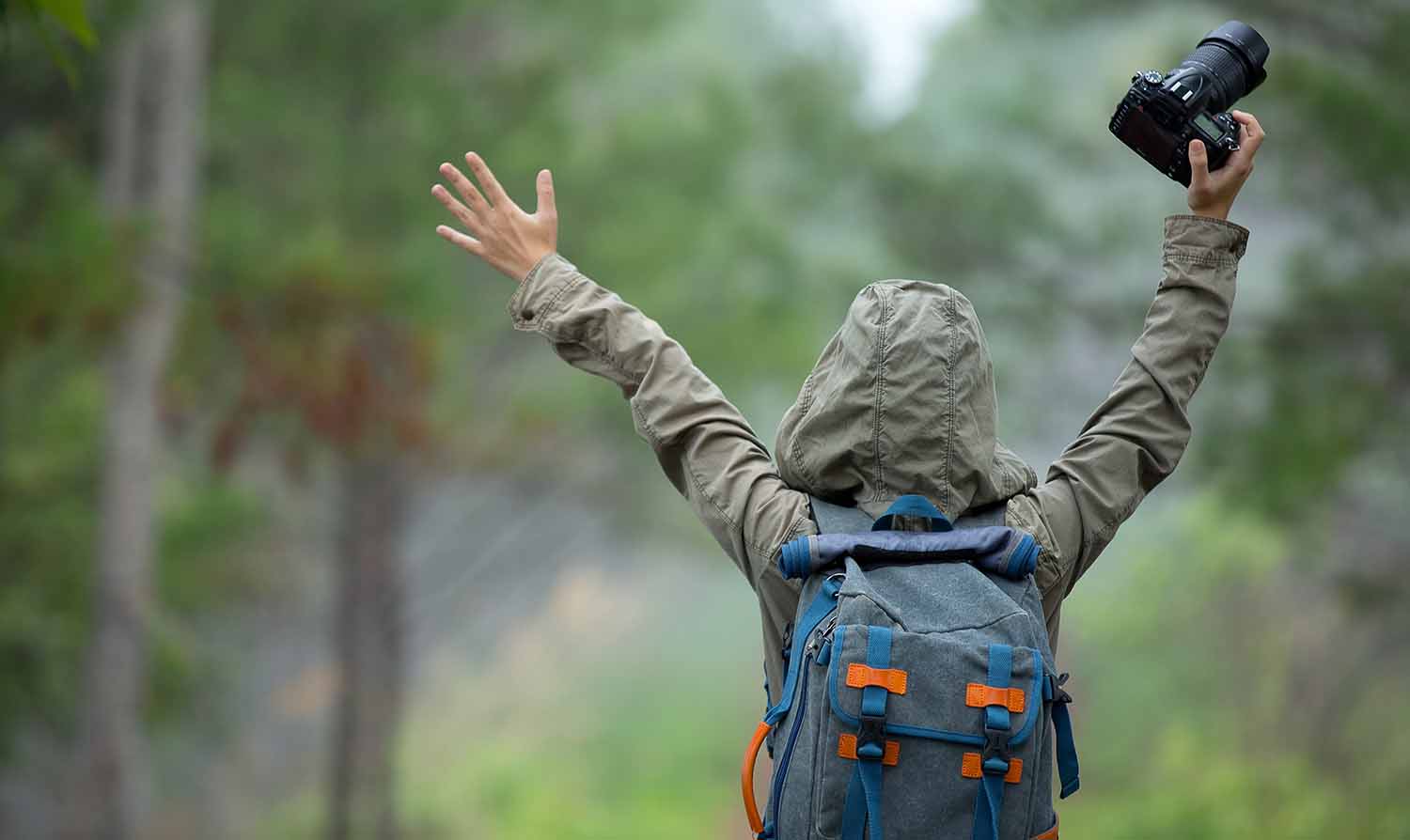 Know your gear[/caption]
Know your gear[/caption]
Also Read This: Bid Farewell to Shutterstock Watermarks
Patience is key
Patience is a crucial skill for wildlife photography. Here are some tips for practicing patience in the field:
- Slow down: Take your time and move slowly and quietly through the environment. Rushing or making loud noises can scare off wildlife and make it more challenging to get the shot you want.
- Observe and learn: Take the time to observe the wildlife you want to photograph. Learn about their behavior, movements, and habits. This will help you anticipate their actions and be better prepared to capture the perfect shot.
- Plan ahead: Before you head out into the field, plan ahead and choose a location where you're likely to find the wildlife you want to photograph. This will save you time and help you stay focused on your goal.
- Be prepared to wait: Wildlife photography requires patience and often involves waiting for the perfect shot. Be prepared to wait for hours, or even days, to get the shot you want.
- Stay alert: Even when waiting for long periods, stay alert and attentive to your surroundings. Wildlife can appear suddenly, and you don't want to miss an opportunity.
By practicing patience and taking the time to observe and learn about your subjects, you'll be more likely to capture stunning photos of wildlife in their natural habitats.
Also Read This: History Erased: Clear DeviantArt Search History
Respect your subject
Respecting your subject is essential for successful wildlife photography. Here are some tips for showing respect to the animals you're photographing:
- Keep your distance: It's important to keep a safe distance from wildlife and avoid disturbing their natural behavior. Use a telephoto lens to get close-up shots without getting too close to the animal.
- Don't disrupt their habitat: Avoid disturbing the environment where the animal lives. Stay on designated trails, don't leave trash, and don't alter the landscape in any way.
- Be mindful of the weather: Extreme weather conditions can be stressful for animals. Avoid photographing wildlife in harsh conditions, such as extreme heat or cold, heavy rain or snow, or strong winds.
- Be patient: Allow animals to move at their own pace and avoid rushing them or trying to force them into a particular position or behavior.
- Don't use bait or calls: Using bait or calls to attract wildlife is not only unethical but also illegal in many areas. Avoid using these tactics and instead focus on observing and photographing the animals in their natural habitat.
By showing respect to the animals you're photographing, you'll not only improve your chances of getting great shots but also contribute to the preservation of wildlife and their habitats
[caption id="attachment_192672" align="alignnone" width="1500"]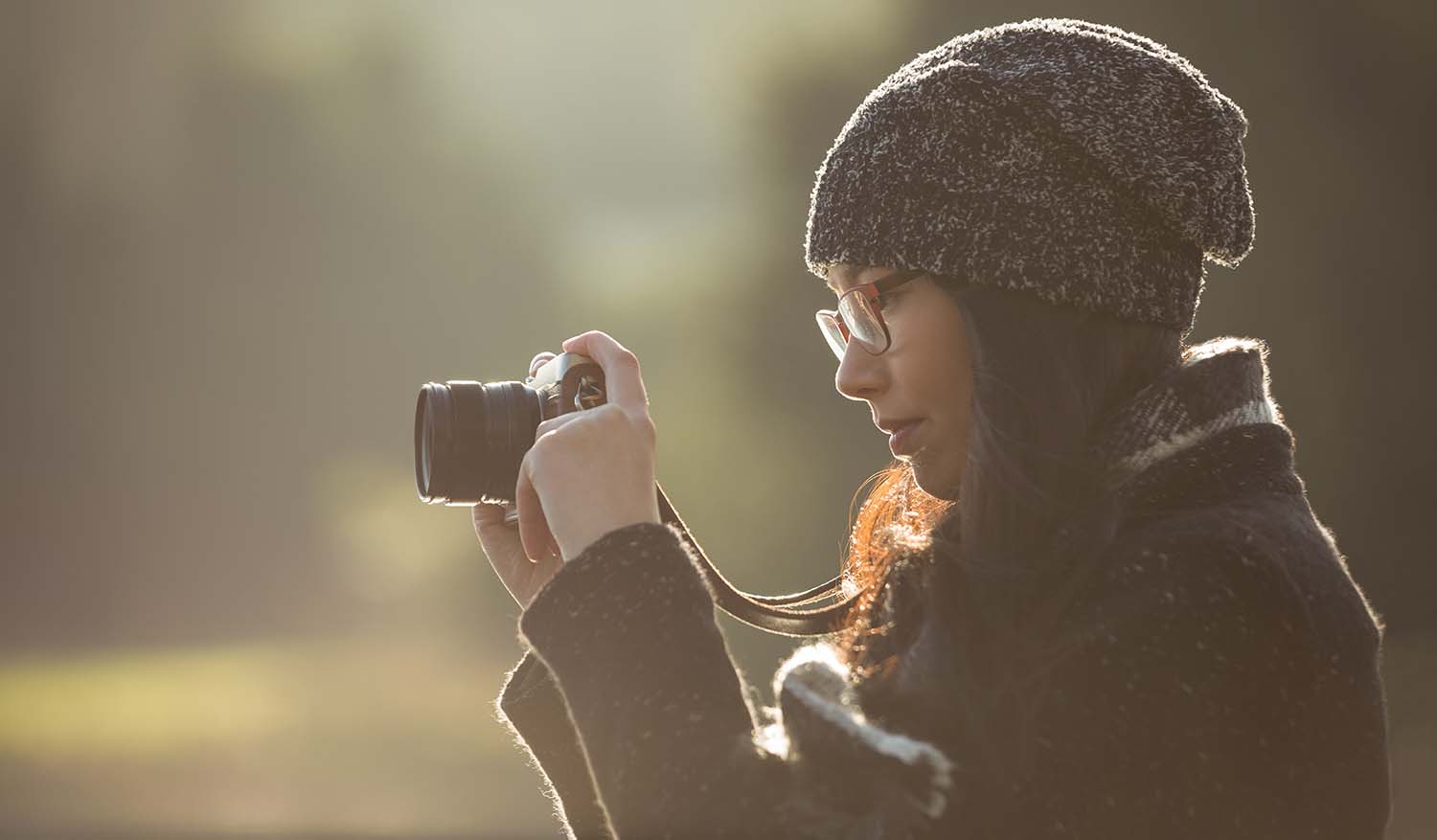 Patience is key[/caption]
Patience is key[/caption]
Also Read This: Getty Images: Everything You Need to Know
Learn about light
Light is a critical element of photography, and understanding how to work with light can significantly impact the quality of your wildlife photos. Here are some tips for learning about light in wildlife photography:
- Understand the direction of light: The direction of light can significantly impact the look and feel of your photos. Learn to recognize the different types of light, such as front light, back light, and side light, and how they impact the subjects you're photographing.
- Pay attention to the time of day: The time of day can affect the color and quality of light. Early morning and late afternoon are ideal times for wildlife photography, as the light is warm and soft.
- Use natural light: Using natural light can help you capture the true colors and textures of your subjects. Avoid using flash, as it can be distracting and may startle the animals.
- Look for interesting shadows: Shadows can add depth and texture to your photos. Look for interesting shadows and use them to enhance your shots.
- Experiment with exposure settings: Exposure settings, such as aperture and shutter speed, can impact how much light is captured in your photos. Experiment with these settings to achieve the desired effect in your shots.
By learning about light and how to work with it, you'll be better prepared to capture stunning photos of wildlife in their natural habitats
Also Read This: Young Talents: Can a Minor Be a Contributor on Shutterstock?
Be aware of your surroundings
Being aware of your surroundings is crucial for wildlife photography. Here are some tips for staying safe and aware while photographing wildlife:
- Scan the area before setting up: Before you set up your equipment, scan the area for any potential hazards, such as steep drops, unstable ground, or nearby predators.
- Stay alert: Be aware of your surroundings at all times. Keep an eye out for any changes in animal behavior, weather conditions, or other potential hazards.
- Use a spotter: If you're photographing in an area with potentially dangerous wildlife, consider using a spotter to keep watch and alert you to any potential threats.
- Respect boundaries and regulations: Make sure to follow any posted signs or regulations related to wildlife photography. Respect any boundaries set to protect the animals or their habitats.
- Be prepared for emergencies: Always carry a first aid kit and know how to use it. Make sure you have a charged cell phone, water, and other necessary supplies in case of an emergency.
By being aware of your surroundings and taking the necessary precautions, you can stay safe while photographing wildlife and capture stunning photos of animals in their natural habitats.
[caption id="attachment_192673" align="alignnone" width="1500"]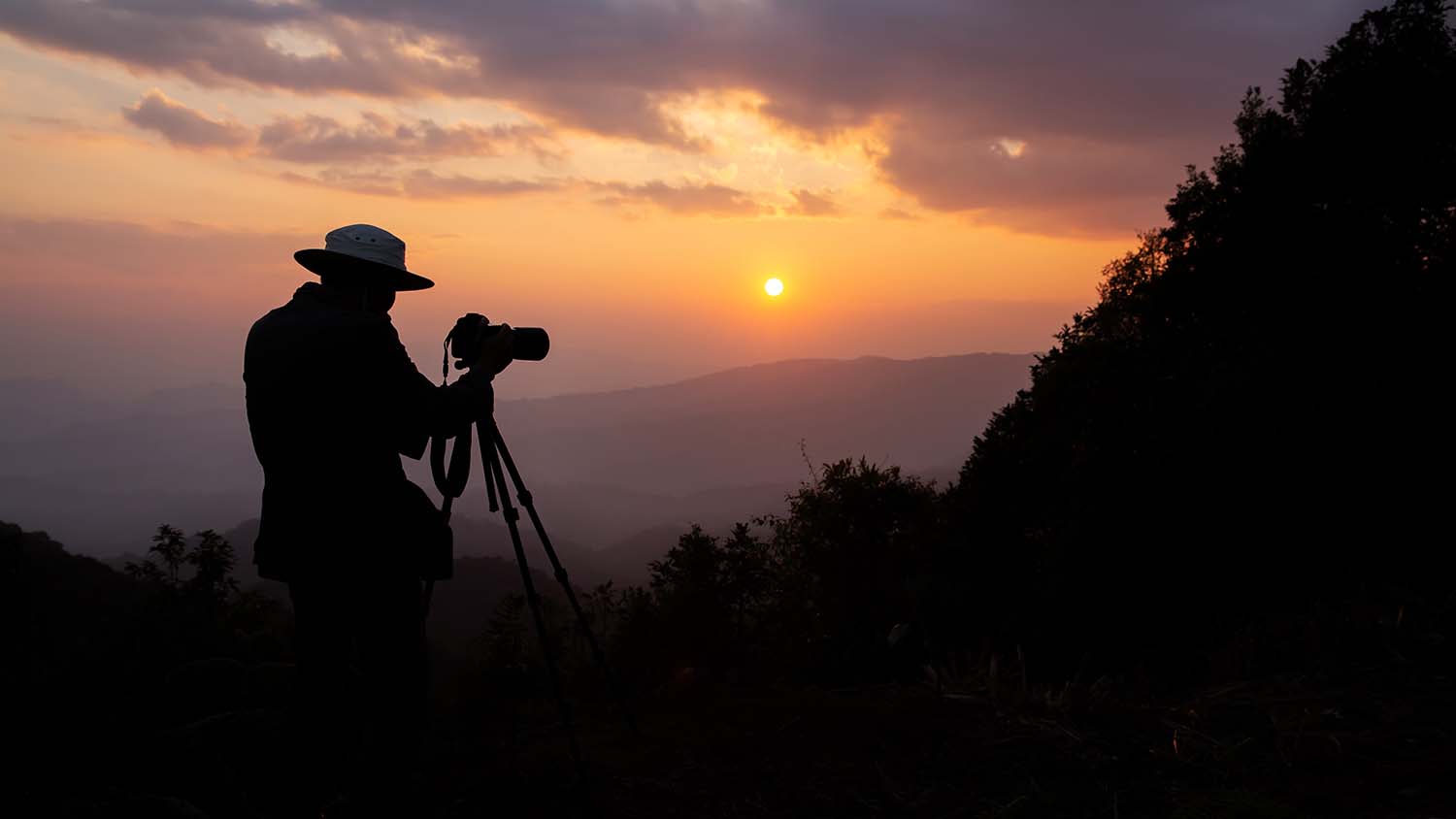 Learn about light[/caption]
Learn about light[/caption]
Experiment with composition
Composition is an essential element of photography and can greatly impact the effectiveness of your wildlife photos. Here are some tips for experimenting with composition in wildlife photography:
- Rule of thirds: The rule of thirds is a common composition technique that involves dividing the image into thirds vertically and horizontally and placing your subject on one of the intersection points.
- Use foreground elements: Including foreground elements, such as rocks or foliage, can add depth and interest to your photos and help guide the viewer's eye towards your subject.
- Play with perspective: Changing your perspective, such as shooting from a low angle or a higher vantage point, can add visual interest to your photos and create a unique perspective.
- Incorporate negative space: Negative space is the area surrounding your subject. Using negative space effectively can create a sense of balance and draw attention to your subject.
- Experiment with framing: Using natural elements, such as branches or leaves, to frame your subject can add visual interest to your photos and create a sense of depth.
By experimenting with different composition techniques, you can create unique and visually striking wildlife photos that capture the essence of your subject in its natural habitat.
[caption id="attachment_192674" align="alignnone" width="1500"]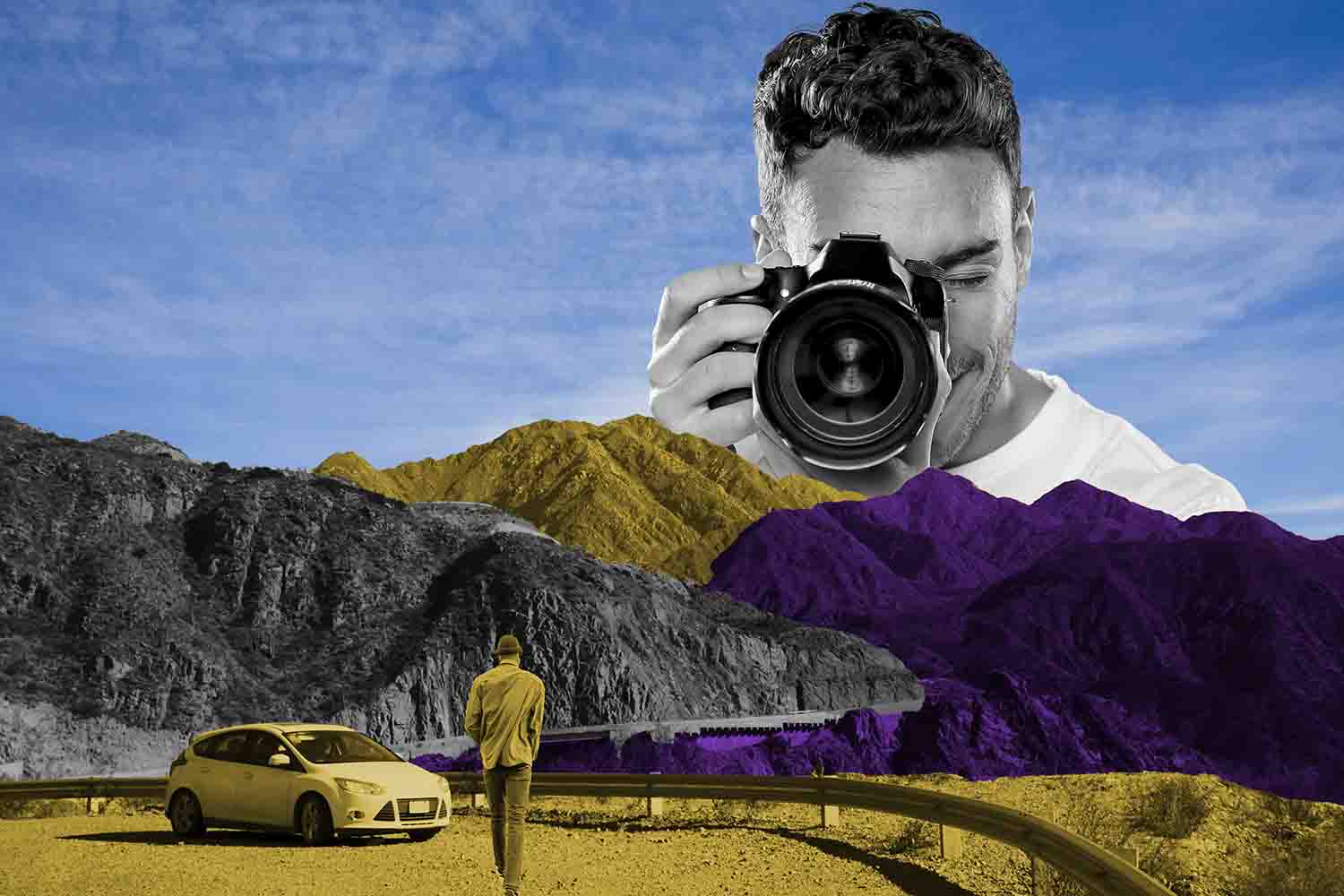 Experiment with composition[/caption]
Experiment with composition[/caption]
Also Read This: Discounts for Your Stock Image Purchases: Alamy Coupon Code Offers
Shoot in RAW
Shooting in RAW format is highly recommended for wildlife photography. Here are some reasons why:
- Increased flexibility in post-processing: RAW files contain all the image data captured by your camera's sensor, providing greater flexibility in post-processing. You can adjust exposure, color balance, and other settings without sacrificing image quality.
- Better control over noise reduction: Wildlife photography often involves shooting in low light conditions, which can result in noise in your photos. Shooting in RAW format allows you to have more control over noise reduction in post-processing.
- Retain more details in highlights and shadows: RAW files retain more details in the highlights and shadows, allowing you to recover details that may have been lost in JPEG files.
- No loss of image quality due to compression: JPEG files are compressed, which can result in a loss of image quality. RAW files, on the other hand, are not compressed, ensuring the highest quality image.
- Archival purposes: RAW files are the original, unprocessed files, making them ideal for archival purposes. You can always go back to the original RAW file to make adjustments or create new versions of the image.
By shooting in RAW format, you can ensure that you have the highest quality image file to work with, providing greater flexibility and control in post-processing and ensuring the best possible end result for your wildlife photos. Here's a video revealing 10 professional secrets tailored for wildlife photographers.
Also Read This: The Pros and Cons of Using Stock Images for Your Business
Pros and Cons
| Tip | Pros | Cons |
|---|---|---|
| 1. Know your equipment | 1. Helps you take better shots.
2. Enables you to quickly adjust settings in the field. |
1. May require time and money to upgrade equipment. |
| 2. Research your subject | 1. Helps you anticipate the behavior of your subject.
2. Allows you to capture unique shots. |
1. May take time and effort to research.
2. May require travel to remote locations. |
| 3. Use the right settings | 1. Helps you capture sharp and well-exposed shots.
2. Enables you to create a certain mood or effect. |
1. Requires technical knowledge and practice. |
| 4. Understand lighting | 1. Can make or break a shot.
2. Allows you to create dramatic and dynamic shots. |
1. May require you to adjust your shooting schedule to take advantage of golden hours. |
| 5. Be patient | 1. Increases your chances of capturing unique moments.
2. Helps you observe the behavior of your subject. |
1. May require a lot of time and effort.
2. May test your endurance and perseverance. |
| 6. Be respectful | 1. Allows you to take ethical shots.
2. Builds a positive reputation among fellow photographers and conservationists. |
1. May limit your freedom to take certain shots. |
Also Read This: Imago Stock Videos: Essential for Marketers
Conclusion
In conclusion, pros and cons are a useful way to analyze the advantages and disadvantages of a particular decision or action. It can help individuals weigh the pros and cons of different options and make informed decisions based on their priorities and values. It is important to consider both the positive and negative aspects of any decision and to make sure that the benefits outweigh the drawbacks. By taking a balanced and thoughtful approach to analyzing pros and cons, individuals can make decisions that align with their goals and values and that lead to positive outcomes.
FAQs
What kind of research should I do before wildlife photography?
A: Research the habitat and behavior of the animal you want to photograph. This will help you locate them and understand their movements and habits, giving you a better chance of capturing a great shot.
What kind of equipment do I need for wildlife photography?
A: Invest in good quality camera equipment, including lenses and a sturdy tripod. A camera with a high shutter speed and fast autofocus will help capture sharp images of fast-moving animals.
What is the best time to photograph wildlife?
A: The best time to photograph wildlife is usually early in the morning or late in the afternoon when the light is soft and warm. This also happens to be when many animals are most active.
How can I improve my composition in wildlife photography?
A: Pay attention to the composition of your shots. Try to use the rule of thirds and look for interesting angles and perspectives.
How should I approach wildlife during photography?
A: Respect the animals and their habitat. Do not disturb them or their environment. Use a telephoto lens to get close-up shots without disturbing the animals.
What should I do if I don't get the perfect shot on my first visit?
A: Be prepared to wait and have multiple visits to a location to capture the perfect shot. Don’t be discouraged if you don’t get the perfect shot on your first visit.
How can I stay safe during wildlife photography?
A: Always prioritize your safety and the safety of the animals. Keep a safe distance and do not approach or antagonize the animals.
Is wildlife photography expensive?
A: The cost of wildlife photography can vary depending on the equipment you use and the location you choose. However, investing in good quality equipment is recommended for the best results.
How important is patience in wildlife photography?
A: Patience is a crucial aspect of wildlife photography, as the animals may not always be cooperative. You may need to wait for hours or even days to get the perfect shot.
How can I practice my wildlife photography skills?
A: Practice your skills by photographing animals in your local area. This will help you get comfortable with your equipment and techniques before you venture into the wilderness.









































